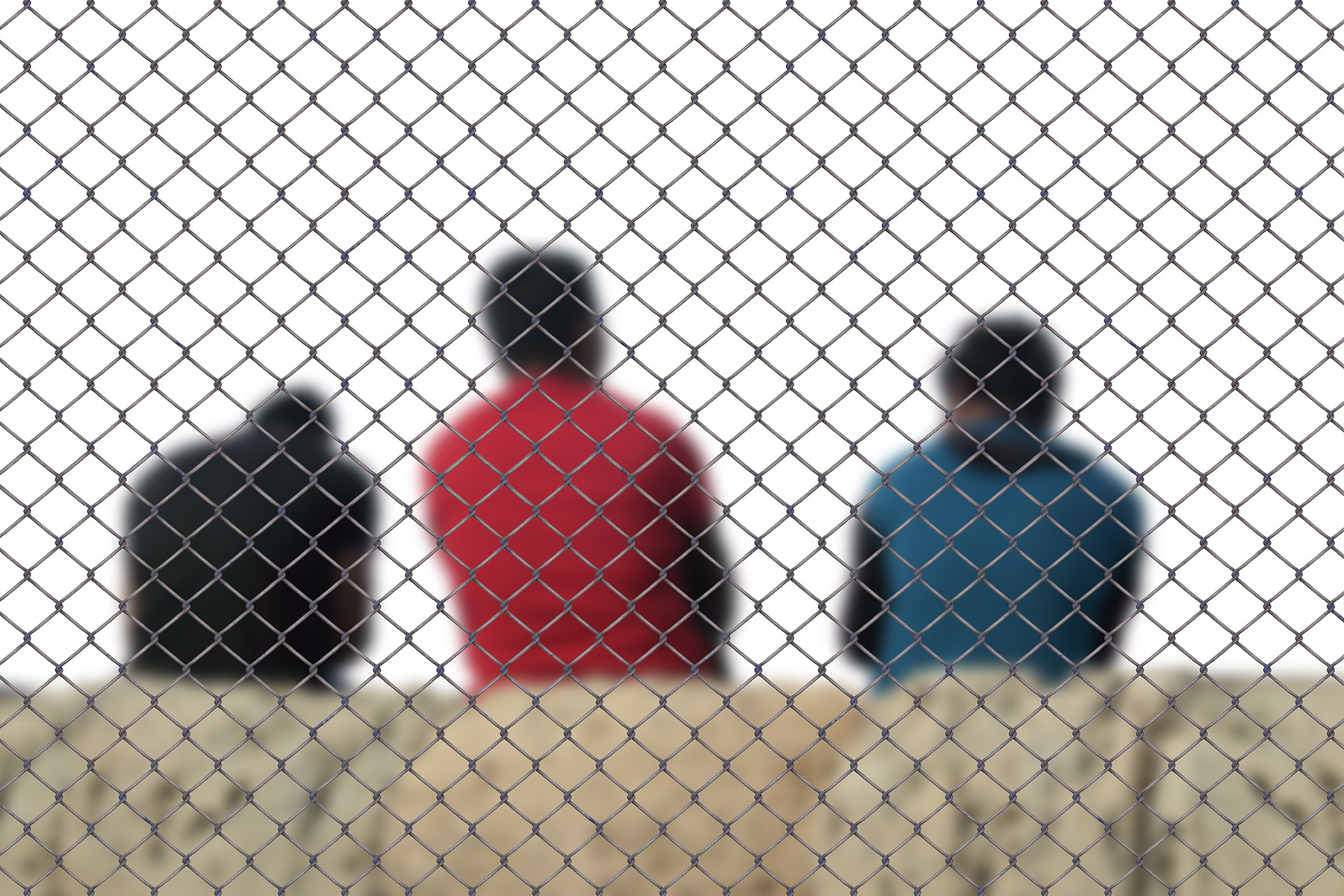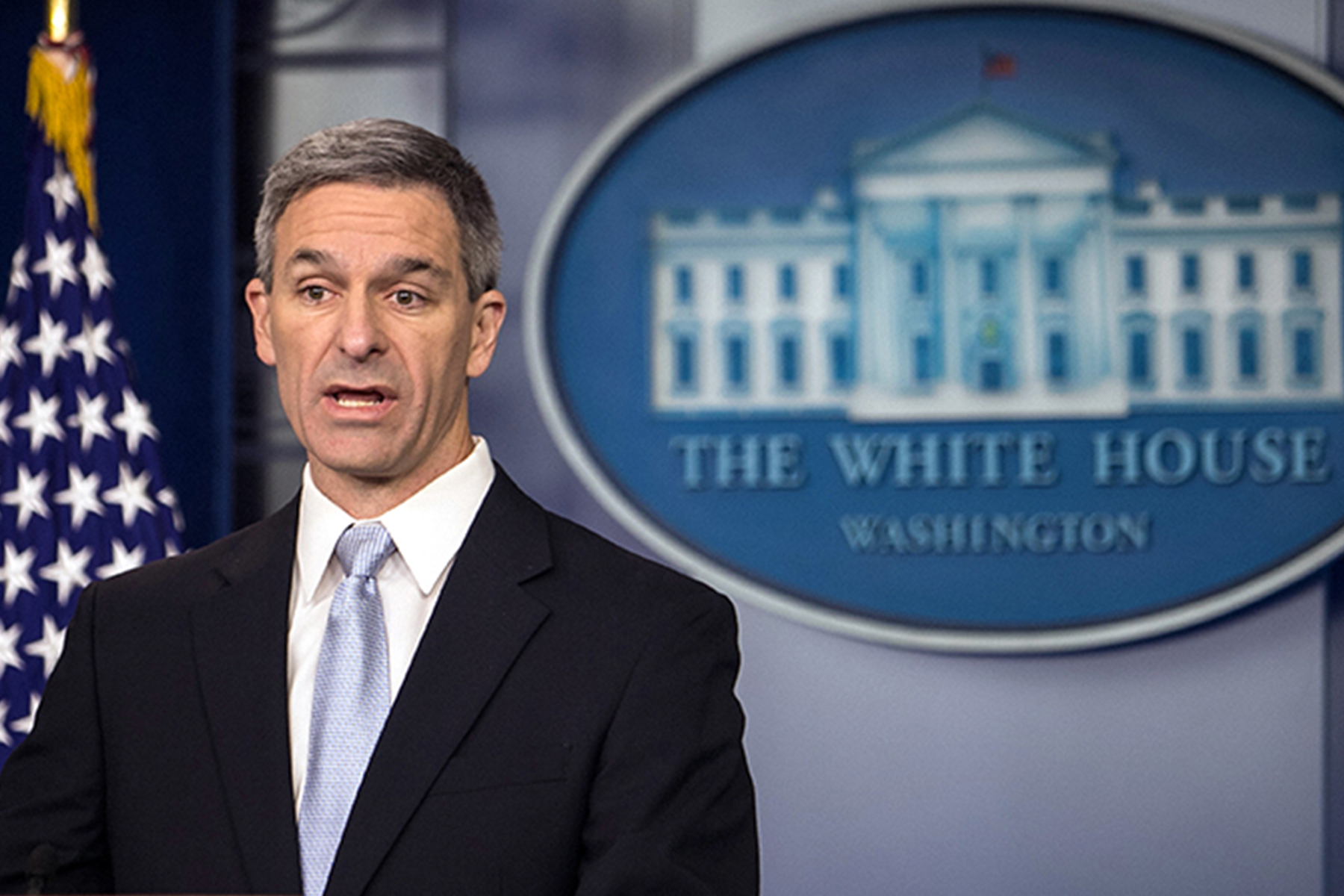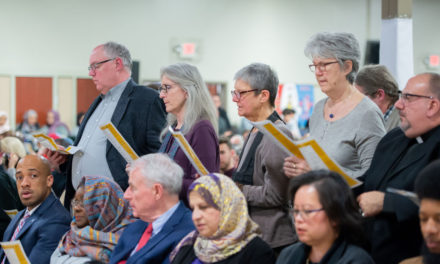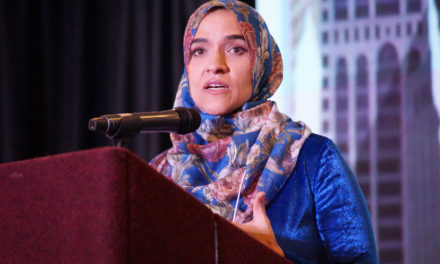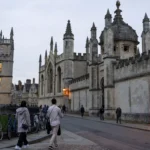© PHOTO
Header: Pixaby
Middle: Southern Poverty Law Center
The State Department recently announced that the number of refugees admitted into the U.S. for resettlement would be capped at 18,000 for the fiscal year that began on October 1. That number is the lowest since the refugee resettlement program began in 1980.
In the fiscal year prior to Donald Trump’s election, 85,000 refugees were admitted into the United States, with an additional 25,000 places set aside for refugees from Syria, according to Mary Flynn, program manager for refugee resettlement at Lutheran Social Services of Wisconsin and Upper Michigan. In the fiscal year that ended in September, 2019, only about 30,000 refugees were admitted.
Since his election, Trump has made blocking refugees from entering the country and deporting immigrants a cornerstone of his administration.
One week after his inauguration, on January 27, 2017, Trump issued the executive order called, “Protecting the Nation from Foreign Terrorist Entry into the United States.” Though the order was immediately challenged in federal court, it halted both immigrant and non-immigrant travel to the United States from seven Muslim-majority countries, Iraq, Syria, Iran, Libya, Somalia, Sudan, and Yemen. “The order also suspended refugee admissions to the United States for 120 days while the process was reviewed for additional national security measures that could be implemented. The admission of Syrian refugees was suspended indefinitely,” Ballotpedia said.
Popularly called “the Muslim ban,” the executive order prompted spontaneous protests at airports across the country.
According to Othman Atta, operations manager of the Islamic Society of Milwaukee, the Trump administration has made it clear that it is primarily interested in immigrants from European countries. ISM, he said, works with many immigrants, including a number from the Rohingya community, helping them over resettlement hurdles like document translation.
Conditions at the Mexican border, where many migrants and refugees are being held awaiting entry to the U.S., are unworthy of a civilized nation. Al Jazeera reported that UN human rights chief Michelle Bachelet was “appalled” by the border camps, where infants and children are routinely separated from their parents, and people are kept in overcrowded, unsanitary conditions without access to healthcare.
Members of the Trump administration have even advocated changing the welcome given to immigrants and refugees engraved on the Statue of Liberty, a sonnet by Emma Lazarus that famously reads:
Give me your tired, your poor, your huddled masses yearning to breathe free, the wretched refuse of your teeming shore. Send these, the homeless, tempest-tossed to me, I lift my lamp beside the golden door!
In an interview on National Public Radio, acting Citizenship and Immigration Services (USCIS) director Ken Cuccinelli said the language should be amended to read: “Give me your tired and your poor who can stand on their own two feet and who will not become a public charge.”
Citizenship and Immigration Services (USCIS) director Ken Cuccinelli
However, the administration’s prejudicial comments about immigrants, which reflect the views of many conservatives, run contrary to the facts. According to Mary Flynn, statistical evidence points strongly to the fact that refugees remain on public assistance for much shorter periods than members of the native population.
And while the United States’ currently low unemployment rate is a Trump bragging point, it is also reflective of a labor shortage. Blogger John Torinus, the former CEO of Wisconsin-based Serigraph Inc., called the current record low unemployment by its real name: the “most severe labor scarcity I’ve seen in more than 50 years of management.”
The shortage of workers is particularly acute in the Midwest, according to Torinus. “When you talk to businesspeople here in the Heartland, there is a constant refrain: ‘We can’t find employees, and it’s hurting our business,’” Torinus wrote.
The United States’ formerly more open immigration policy has historically been about more than charity. It has been a significant driver of economic growth. “By increasing the number of workers in the labor force, immigrants enhance the productive capacity of the U.S. economy,” said the Brookings Institution Web site. According to Brookings, “One estimate suggests that the total annual contribution of foreign-born workers is roughly $2 trillion, or about 10 percent of annual GDP.”
But a policy that aids no one, damages the reputation of the United States, and negatively impacts the economy will likely remain in place until after November 2020. “To cut the number of refugees the U.S. will accept to this low of a number reflects nothing more than this administration’s attempts to further hate, division and prejudice in a country that once valued dignity, equality and fairness,” said Ryan Mace, Grassroots Advocacy and Refugee Specialist at Amnesty International USA.
